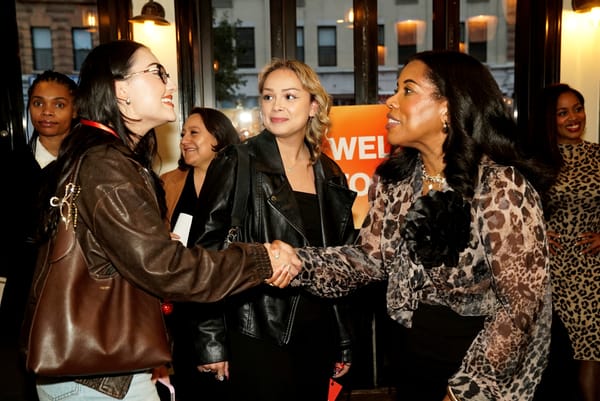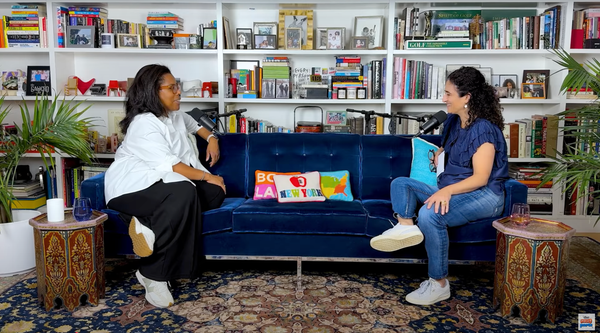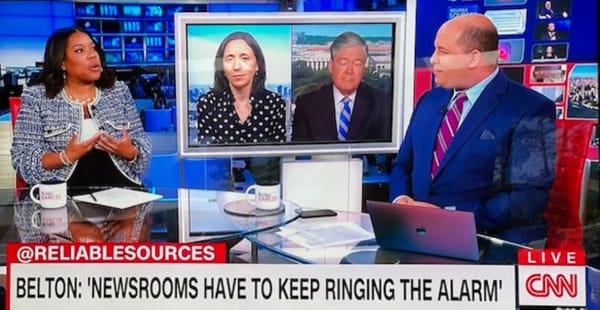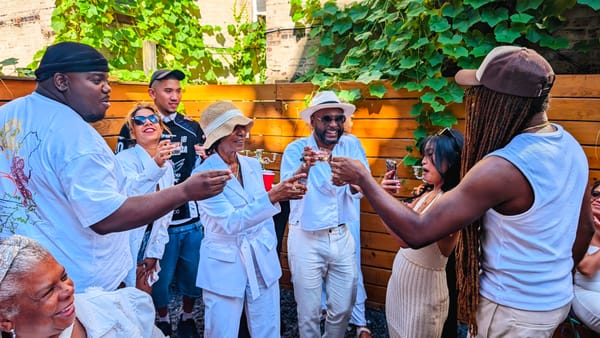Diversity Isn't A Fad, It's the Future
Invest in communities or get left behind
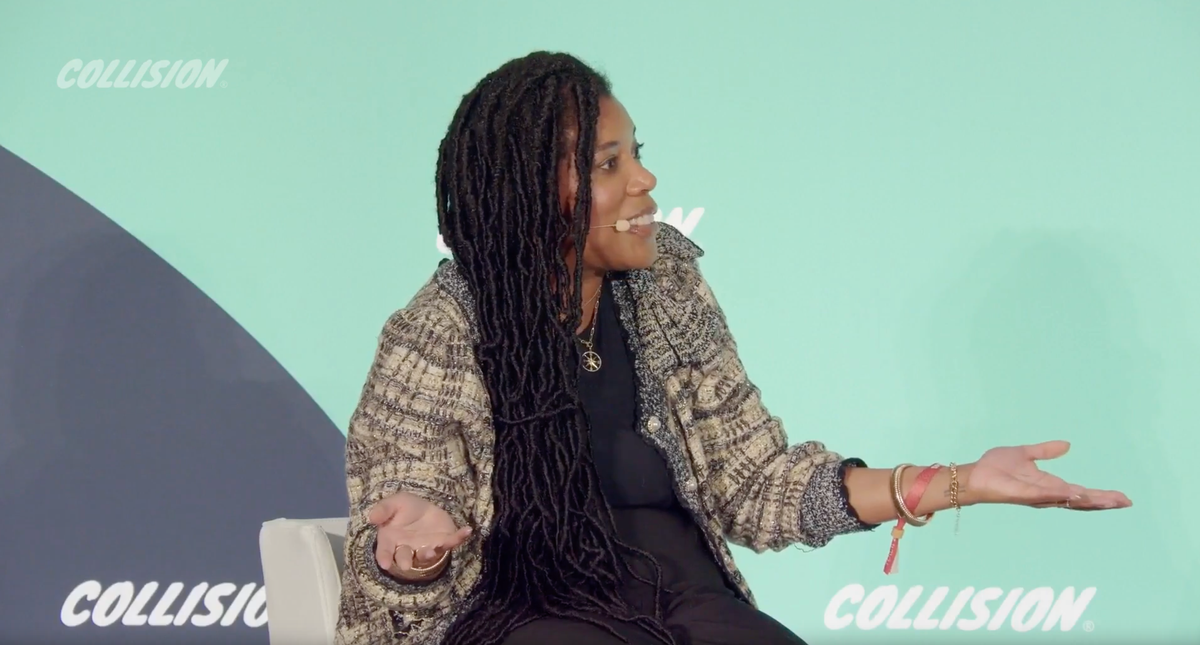
Earlier this summer I spoke at Collision in Toronto on diversity in media. I didn’t necessarily say anything that I haven’t been saying since I became editor-in-chief of HuffPost in 2021 — that diversity is a strength, not something you just do out of benevolence or when you have the resources or time, but a necessary part of a media company’s health and survival. If you want to remain relevant, build an audience or appeal to a broad base, you need to embrace this because America is becoming more culturally and ethnically diverse, not less.
A little over 40 percent of Americans identify as a person of color or multiracial per the last U.S. Census, and many Black, Brown, and indigenous people were actually undercounted, so for all we know, that number may actually be higher. And for all the “go woke, go broke” nonsense, offerings that embrace diversity in good faith and produce stellar content do well, sometimes to the tune of a billion dollars. To me, investing in diversity is no different than investing in the latest technology, and it can have as big of an impact as the advent of the internet when media companies were forced to transition from only TV, print, and radio to online. Those who adapted or innovated thrived. Those who didn’t, aren’t in business anymore. And that’s the reality media companies that refuse to embrace this face.
The Substack of the Writer Formally Known As The Black Snob is a reader-supported publication. To receive new posts and support my work, consider becoming a free or paid subscriber.
HuffPost, where I currently work, has the distinction of being a leader in writing about and producing award-winning content for various communities. Back in 2021, after I came on board as Editor-in-Chief, I relaunched our legacy Voices verticles, even expanding them, based on a conversation I had with one of our long-time staffers, our managing editor of revenue, Teri D’Angelo. Teri told me the history of these pages, of what was done right and wrong, and how some had gone dormant over the years, yet advertisers and readers still asked about them constantly. For me, it didn’t make sense to not invest in something both readers and advertisers wanted, in some cases, quite desperately. So a year later, we hired Raj Punjabi to lead Voices and gave her a budget to relaunch the sections. One of her first big actions was creating Indigenous Voices, which we soft-launched with a party last November and is now currently live on our site.
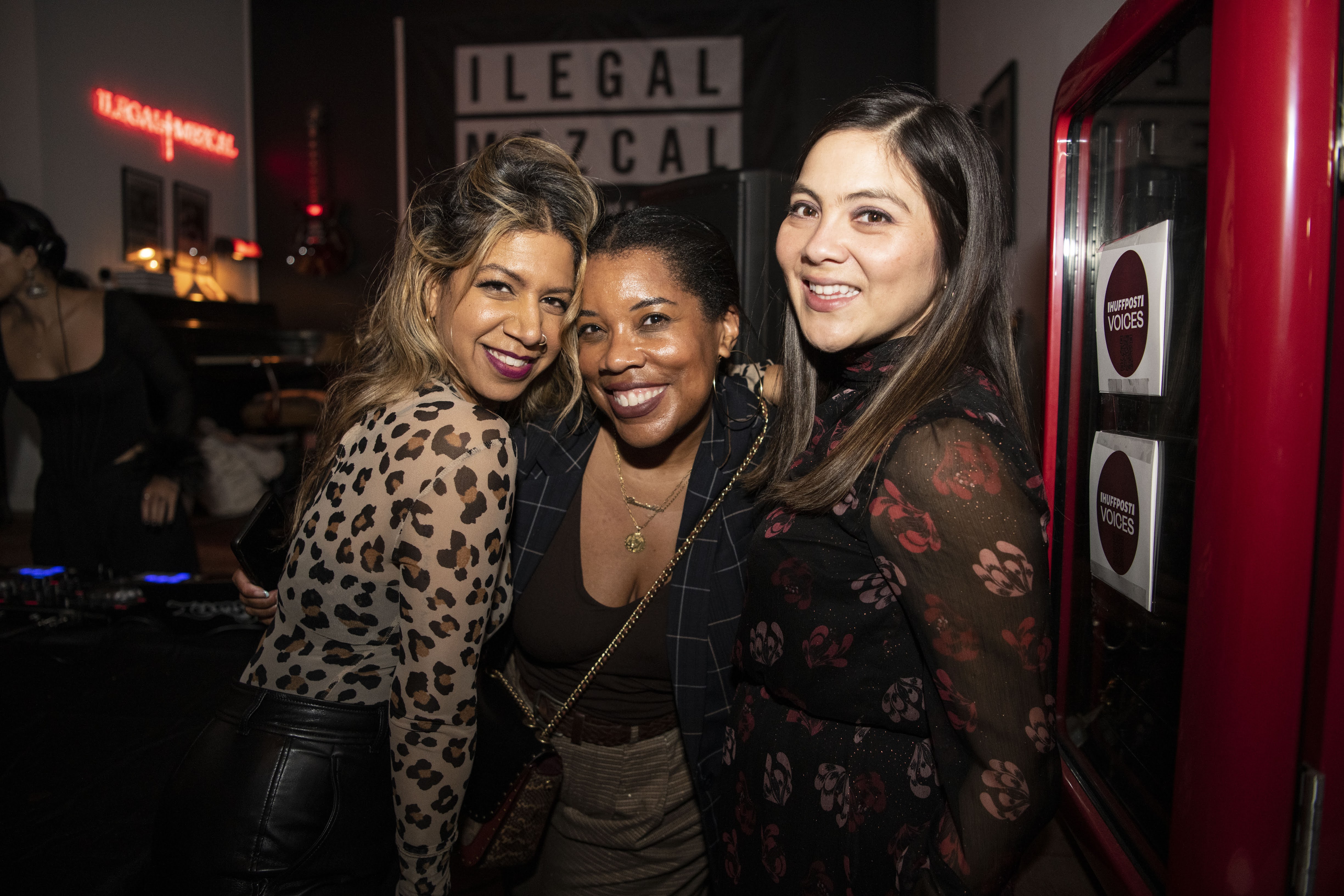
It just made sense. Financially, morally, ethically, socially, culturally. There was always more upside to improving diversity than not.
Yet, common sense on diversity is not that common.
Quite a few media and entertainment companies went the “diversity and inclusion” route after George Floyd’s violent death at the hands of police officers, only to let go, lay off, or fire their diversity officers a few years later because … reasons. The streamer Max, formerly HBO Max, gutted a lot of its diverse programming in a bid to appeal to … um … still not sure. The Duck Dynasty crowd, maybe? Is that still a thing?
[Full disclosure: At one point during the pandemic, I had a development deal with HBO Max to create a half-hour sitcom about my life as a Bipolar, Black female journalist. The deal eventually fell apart for reasons beyond everyone’s control, but in this present environment at Max, I’m not even sure my show would have been considered worthy of a development deal. I’ll also never understand taking a brand like HBO, that has so much prestige and value, and just throwing that all in the garbage to air cheap Discovery Channel reality TV programming that’s not of Bravo-level quality. Also, Why is Insecure on Netflix like it WASN’T a hit show for HBO? Suspicious. Weird.]
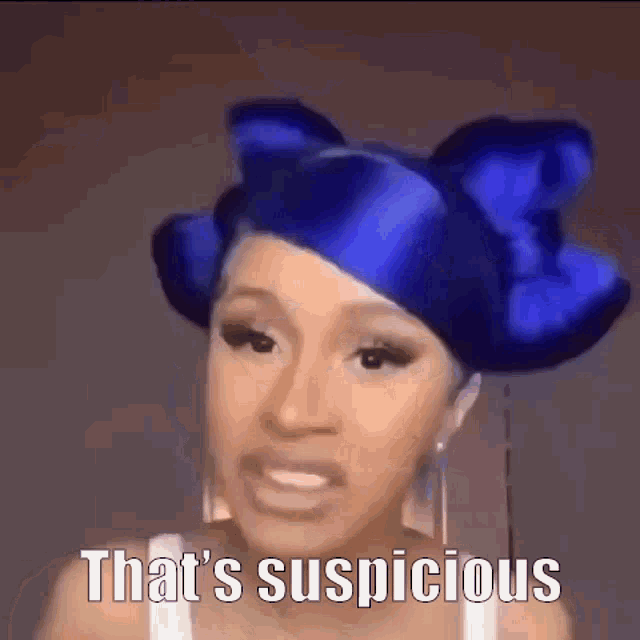
My father often tells this story of growing up in the Jim Crow South about how even though racism wouldn’t allow him to sit down in a restaurant and eat a hamburger in peace (he had to go to the back door and eat elsewhere like all the other “Coloreds”), somehow, some way, even then, white people wanted Black people’s money and would figure out some convoluted way to get it. Like, how on Juneteenth (my father grew up in Texas), white businesses that never allowed Blacks to patronize them would open up for “Blacks Only” in celebration of the holiday in his hometown of Gainesville.
Media companies want diverse dollars, eyeballs, and ears, they just don’t want to do anything different to get them. They don’t want to cover diverse stories or hire people from different backgrounds. They’d rather go the backdoor, convoluted route. For every brilliant 1619 Project, there are a million stories that whitewash history or ignore people of color altogether. Which is as ludicrous as it is humiliating. Black and Brown people have no interest in Oliver Twisting this garbage with a sad, “Please, sir, I want some more” when they deign to greenlight a crappy show with a non-white person in the background who dies halfway into the pilot or write a misleading article that reduces people of color to props. Nobody wants this “charity.” Nobody wants “diversity” where you add one non-white character to a show and do them dirty like Faith Stowers from Vanderpump Rules — where even when you’re an integral part of a storyline you actually don’t have a storyline. Or lines. Or screentime. Or real friends.
Just last night, I was on the phone with my best friend, Jada Prather, lamenting how Black characters are often treated in genre fiction, specifically Darwin from X-Men: First Class, whose whole superpower is he’s able to adapt to any situation. He can genetically evolve to survive, yet he dies — ridiculously — in the middle of the film anyway. This is why shows like HBO’s Lovecraft Country or movies like They Cloned Tyrone and The Blackening are so miraculous. They’re actual, well-made, well-intentioned vehicles that demonstrate diversity can reinvigorate genres so over-wrought with cliches that you think you’ll never see anything new in them. Suddenly, adding the element of race — like where you acknowledge the elephant called “racism” in the room, as well as culture and history — adds complexity, humor, and pathos it would otherwise not have. And suddenly, you have a great, award-winning, money-making production.
Not this mess that was in the latest Indiana Jones film. Nobody wants this kind of “diversity.” I would have rather watched Indy versus Nazis, sans Black people than what we actually got, which was as infuriating as it was common. And don’t get me started on how Star Wars did John Boyega. I’m still mad!
But racism has always trumped everything in America, even good ol’ fashioned capitalism. Even though it makes all the sense in the world to appeal to some of the fastest-growing demographics in the country, so many won’t. Which, well, I guess I’m fine with since it means they’ll eventually slide into irrelevancy with that change in demographics. You can flip the electoral college to keep electing people the majority of the country doesn’t want, but you can’t make me spend my money with you or watch anything I don’t want to watch, and with the white population in America declining, you’re increasing trying to sell things to a shrinking market.
The math, as they say, is not math-ing here.
But racism never did make much sense anyway.
Watch the clip below to hear me talk about the Fourth Estate and why diversity matters.
The Substack of the Writer Formally Known As The Black Snob is a reader-supported publication. To receive new posts and support my work, consider becoming a free or paid subscriber.
